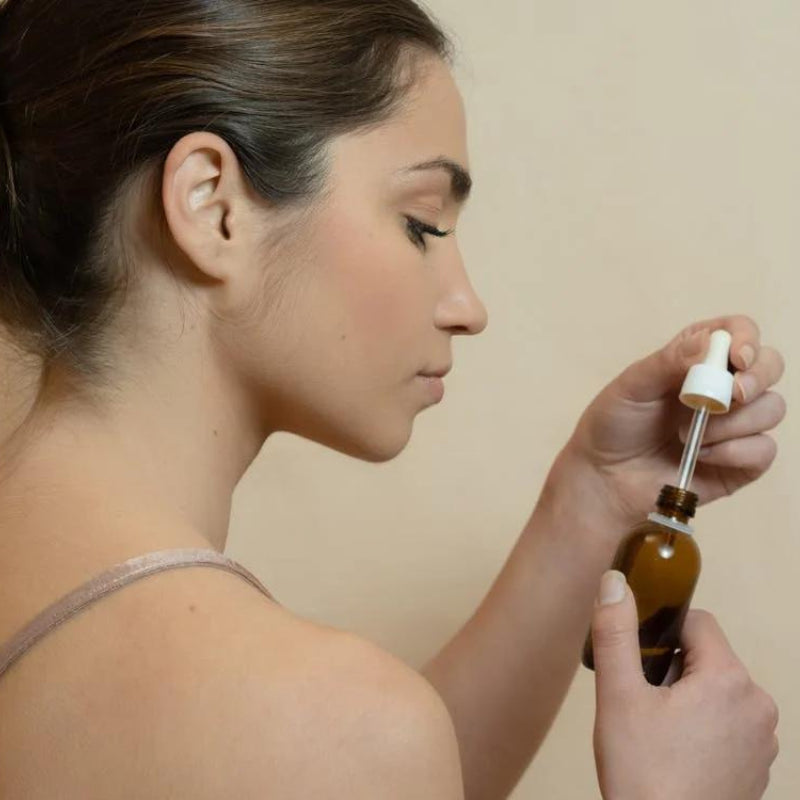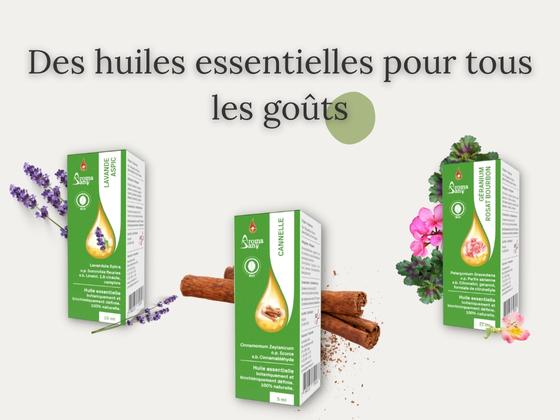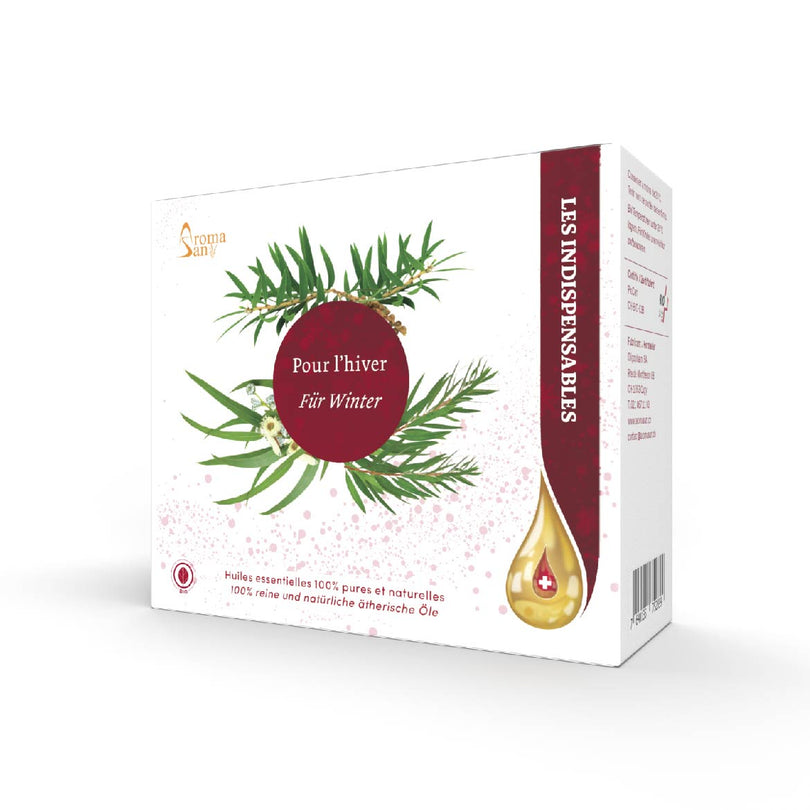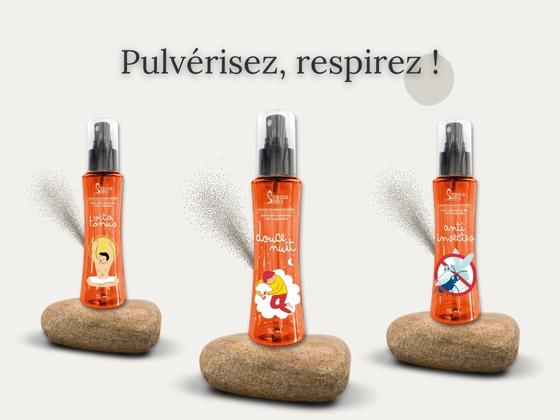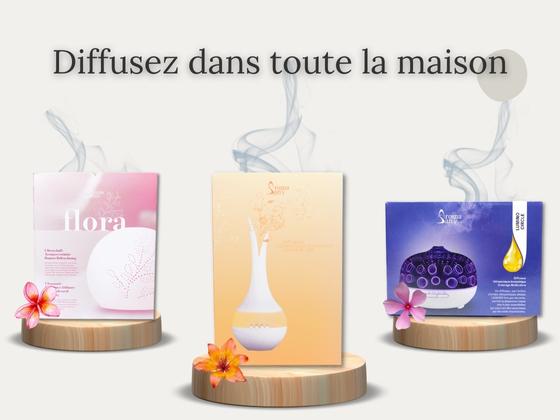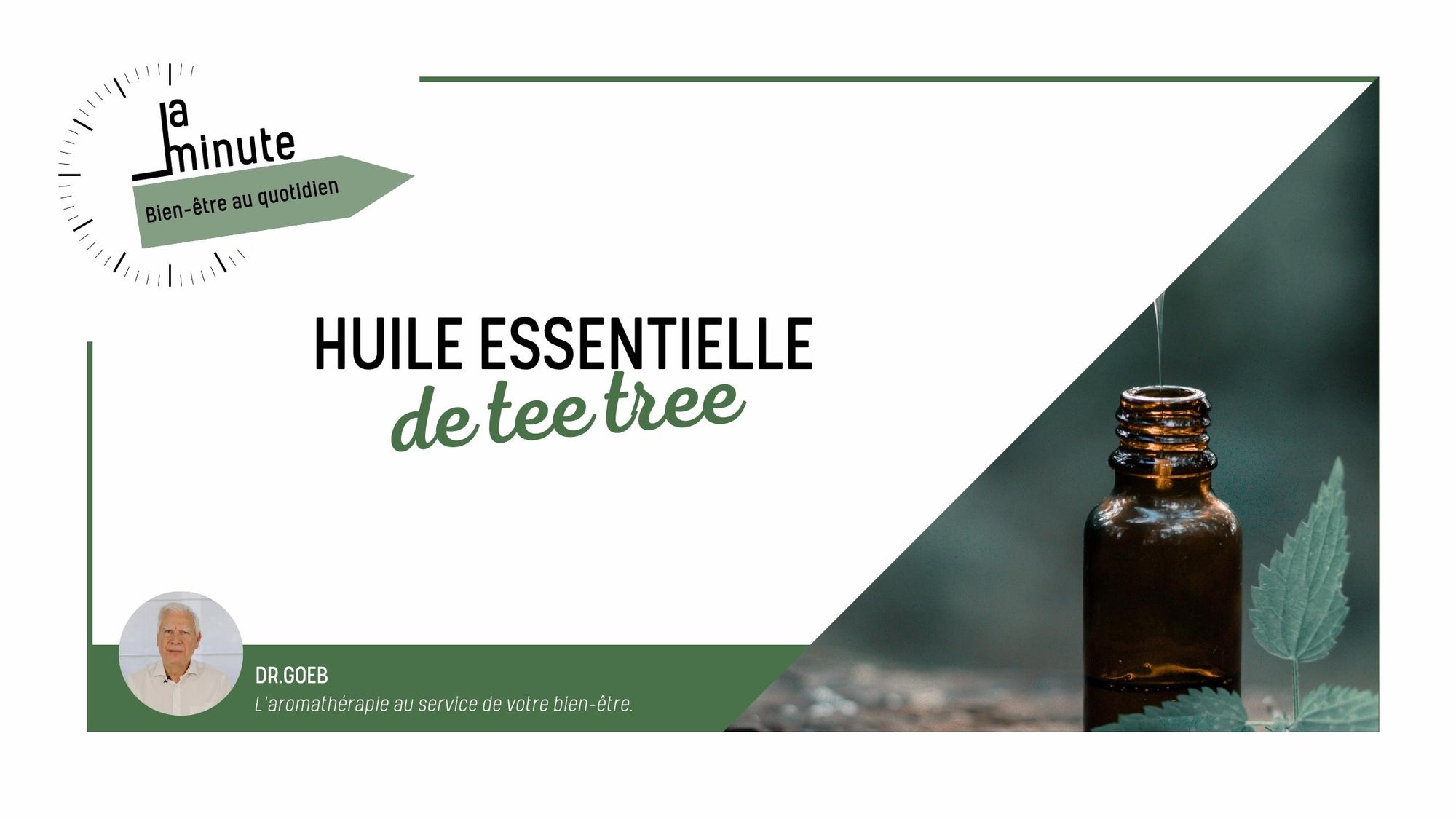
"The essential oil of Lavandula officinalis is traditionally renowned for its calming properties and its scent which reminds us of our grandmothers' linen cupboards."
THE AROMATHERAPIST USES IT FOR ITS PROPERTIES:
- Antispasmodic and soothing
Gently applied to the solar plexus, wrists , neck and soles of the feet, it immediately provides a feeling of well-being and relaxation. It is ideal for nervous children, with restless nights and grumpy awakenings, to calm an asthma attack or spasmophilia as well as to relieve period pain.
- Healing
It is recommended for everyday burns , wound healing, wound ulcers, leg ulcers and bedsores.
- Mild anti-infectives
As such, it is recommended for eczema resulting from distillation and acne as well as for any cutaneous-mucosal lesions that scratch and become easily superinfected.
- Radioprotective
It prevents and treats burns in areas exposed to radiotherapy in association with the EL of St. John's Wort. Only apply it after the session, never before.
SOME APPLICATIONS
| 1. Anxiety of hypersensitive people, nervousness |
|
Lavandula officinalis - 10 drops Citrus aurantium leaves - 3 drops Citrus reticulata zest - 3 drops |
|
in 10 ml of Prunus amygdalus vegetable oil |
|
Dosage: A few drops in massage of the solar plexus and the arch of the foot in the evening at bedtime to facilitate sleep in a relaxing climate. |

| 2. Non-extensive and superficial burns (away from sensory and genital orifices) |
|
Lavandula officinalis - 15 drops Daucus carota - 5 drops |
|
in 5 ml of Macadamia vegetable oil |
|
Dosage: Apply widely and gently to the extent of the burn after careful cleaning. |
Comments
This essential oil is extracted from the flowering tops of Lavandula officinalis. That of Lavandula vera comes from the distillation of the wild plant, its smell is finer but its cost much higher: it is always picked by hand, machines cannot be used on the arid hillsides where it grows between 1000 and 1800 m. and the yield of its distillation is lower than that of cultivated Lavandula officinalis. The cutaneous route remains the preferred method of use. The top quality cultivated Lavandula officinalis EO is that extracted from non-clonal organically grown lavender, known as “population” (European PDO label).
Route of absorption
Oral - 1 drops
Skin - 2 drops
Diffusion - 3 drops
An article presented by Dr Philippe Goëb.
An LRK edition, “aromatherapy at the service of your well-being, for the daily comfort of the whole family.
